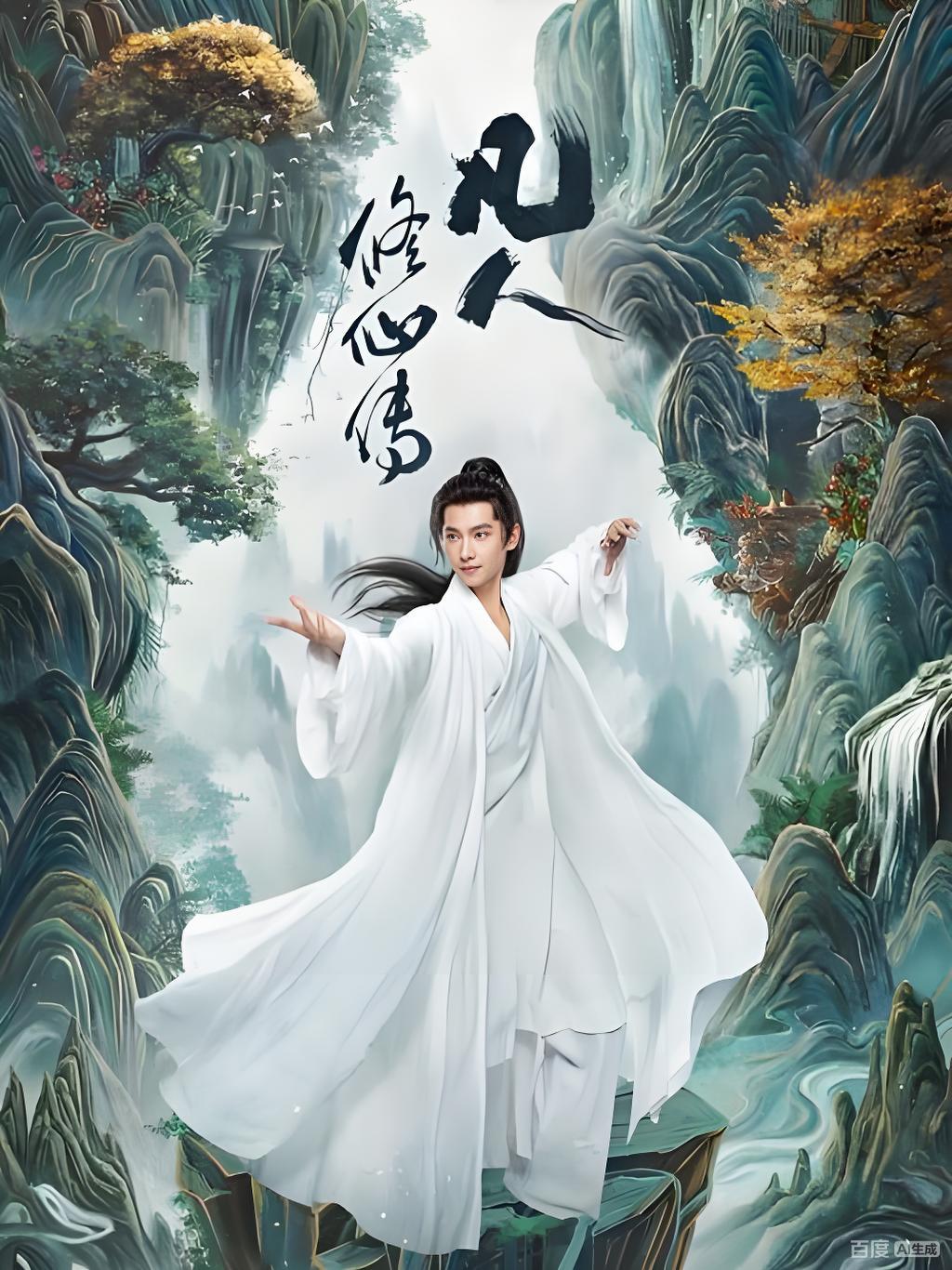News
Tang Dynasty Hanfu: The Golden Age of Opulence and Openness
Tang Dynasty Hanfu: A Symphony of Opulence and Cultural Fusion The Hanfu of the Tang Dynasty (618–907 CE) embodied an era of unprecedented prosperity and openness, characterized by voluminous silhouettes, vibrant colors, and cross-cultural influences. Women’s fashion featured high-waisted skirts with sheer jackets and low necklines, defying previous norms, while men adopted round-collar robes inspired by Central Asian styles. Luxurious fabrics like silk brocade, gold embroidery, and bold hues (e.g., pomegranate-red skirts) displayed wealth and status. Accessories—from perfumed sachets to leather belts—highlighted refinement and practicality. Blending Persian, Indian, and native motifs, Tang Hanfu reflected a golden age of artistic daring and global exchange, leaving a legacy of grandeur that continues to inspire modern interpretations.
Learn moreQin-Han Dynasty Hanfu: Majesty and Order in Every Thread
Qin-Han Hanfu: Weaving Power and Ritual into Fabric The Hanfu of the Qin (221–206 BCE) and Han (206 BCE–220 CE) dynasties embodied imperial authority and social hierarchy through structured silhouettes, symbolic colors, and strict sumptuary laws. Key garments like the one-piece shenyi (深衣) with crossed collars and wide sleeves, and the curved-panel quju (曲裾), reflected Confucian values of order and modesty. Royalty wore silk in prescribed colors (black for Qin, red/black for Han), while commoners used hemp. Accessories like jade pendants and rank-specific hats reinforced status. This era established Hanfu as a tool of governance and cultural identity, leaving a legacy of disciplined elegance that continues to inspire modern designs.
Learn moreWei-Jin Dynasty Hanfu: Ethereal Elegance of a Free-Spirited Era
Wei-Jin Hanfu: A Philosophical Revolution in Silk and Linen The Hanfu of the Wei-Jin period (220–420 CE) broke from rigid traditions to embrace flowing silhouettes, layered drapery, and earth-toned minimalism, reflecting Daoist ideals and scholarly rebellion. Characterized by wide sleeves, crossed collars, and gender-fluid designs, it prioritized comfort and ethereal grace. Natural fabrics like hemp and silk featured subtle cloud or crane motifs, while accessories—jade hairpins, inscribed fans—highlighted intellectual and artistic expression. This style symbolized a cultural shift toward individualism and spiritual freedom, leaving a legacy that continues to inspire modern Hanfu aesthetics with its poetic simplicity
Learn more




